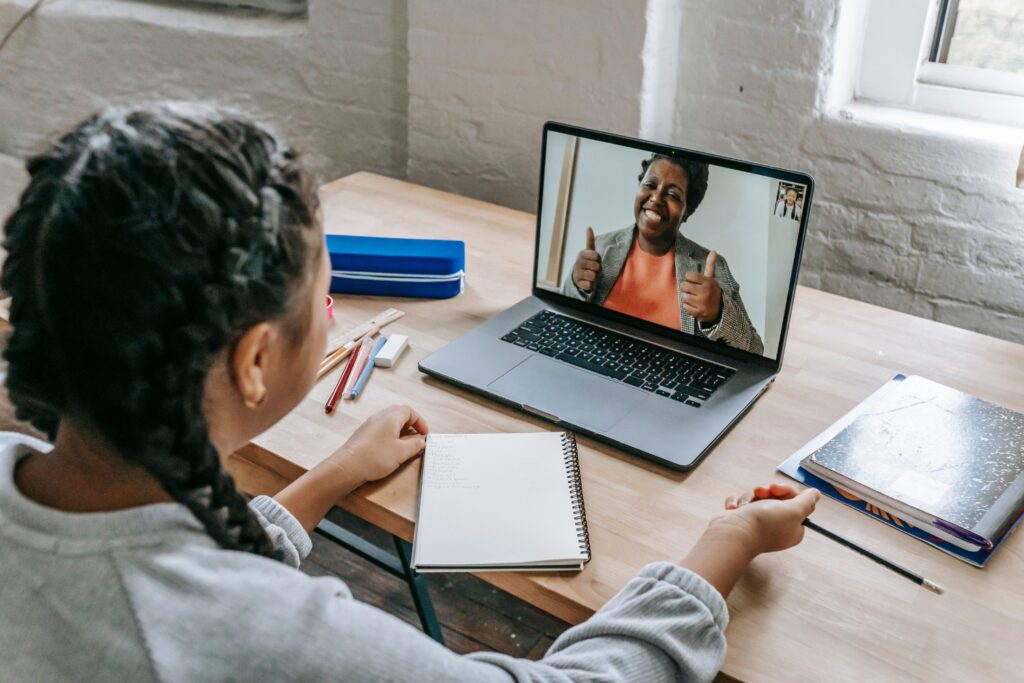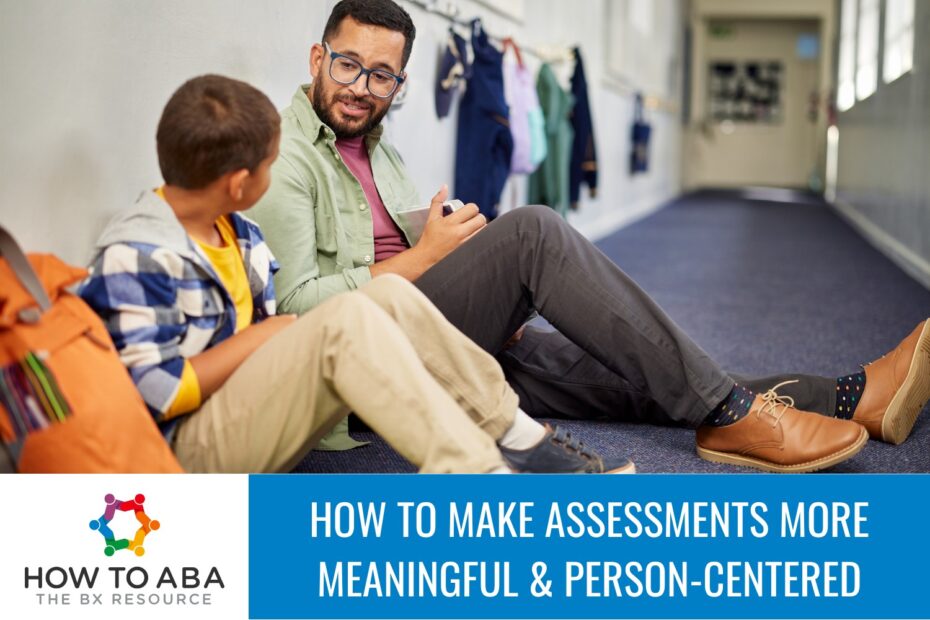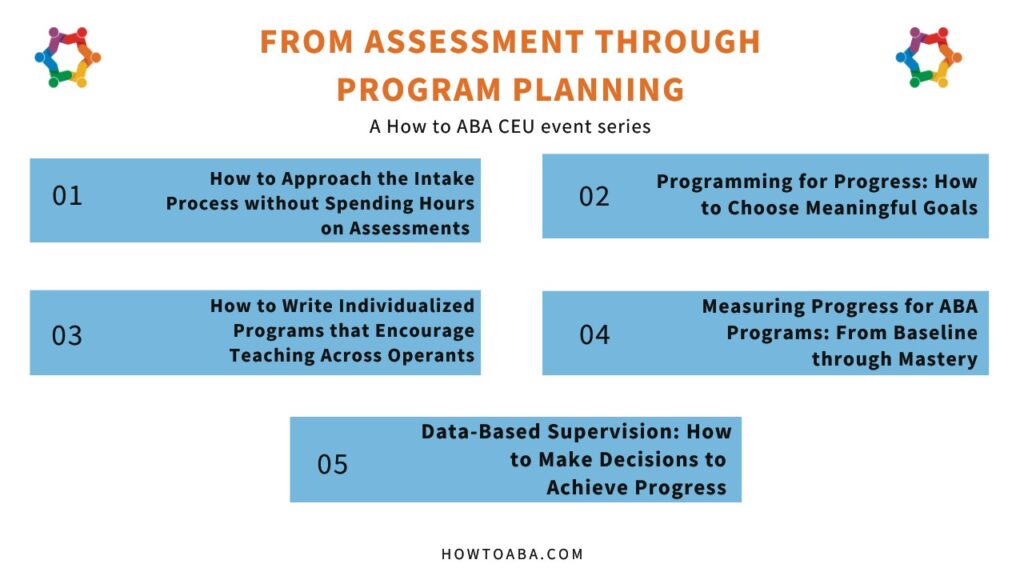Assessments are a big part of our work as ABA professionals. They give us a framework for understanding skills, identifying support needs, and setting goals. But if we’re not careful, they can become a box-checking exercise – something we do to meet requirements rather than a tool for truly getting to know the learner in front of us.
When we look beyond the checklist, we can transform assessments into something far more valuable: a process that honors individuality, respects dignity, and sets the stage for meaningful growth.
Why the Standard Approach Can Fall Short
Traditional assessments often focus on gathering measurable data – what skills are present, what’s missing, and where to start teaching. While that information is important, it’s not the whole story.
If we rely too heavily on standardized tools without adding context, we risk:
- Overlooking personal preferences and motivations
- Missing skills that aren’t on the assessment but matter in real life
- Creating goals that don’t align with what the individual (and their family) actually wants
- Focusing on deficits instead of strengths
In other words, the person becomes defined by a score sheet, rather than being understood as a unique human being.
Shift the Focus: From Compliance to Motivation
One of the first steps in making assessments more person-centered is reframing our mindset. We’re not looking for compliance; we’re looking for instructional motivation.
That means paying attention to:
- What sparks engagement
- How the individual communicates preferences (vocally or nonvocally)
- When they are most alert and ready to learn
- What types of tasks do they approach willingly versus those they avoid
Instead of seeing “non-participation” as a challenge, we can see it as information. If a learner doesn’t want to engage with a certain task, that tells us something important about how to adjust our approach.
Build Relationships First
Before diving into a skills checklist, spend time connecting, pairing, and building rapport. This might mean:
- Playing a favorite game together
- Talking (or using other communication methods) about interests
- Giving choices about the environment – where to sit, what to do first
- Observing without directing
When learners feel respected and at ease, they are more likely to participate authentically. Assessments become more accurate because we’re seeing the person’s true abilities, not just their “test-taking” behavior.
Ready to take the guesswork out of assessments and programming?
That’s exactly why we created the Assessment through Program Planning Bundle – a 5-part CEU series designed to help you bridge the gap between raw data and meaningful, individualized treatment plans.
Incorporate Consent & Assent
In every stage of assessment, we can weave in opportunities for consent and assent. This might mean explaining what we’re doing in clear, accessible language, asking if they’re ready before starting a new task, and accepting “no” as an answer when possible.
For example:
- “We’re going to look at some pictures together. Are you ready to start now, or would you like a break first?”
- “I’d like to see how you open this container. Want to give it a try?”
These small steps communicate that the individual’s comfort and autonomy matter. Over time, they build trust and mutual respect.
Consider the Whole Environment
Assessments don’t have to happen at a desk in a quiet room. Many skills show up more naturally in real-world environments.
You might:
- Assess social skills while on a playground
- Look at daily living skills in the kitchen
- Observe communication during free play with peers
By seeing skills in action – not just in isolation – we get a more complete picture of the individual’s abilities and needs.
Collaborate with Families
Parent support (or parent coaching) is a key part of the process. Families know the person best and can offer insight into:
- What motivates them at home
- How they communicate needs and preferences
- Daily routines that may impact learning
- Skills they value most for independence
This collaboration helps ensure that goals are not only functional but also aligned with the individual’s life outside of ABA sessions.

Look at Strengths First
Too often, assessments highlight what’s missing. A more person-centered approach starts with what’s already working:
- Strong memory
- Creative problem-solving
- Humor and personality
- Self-advocacy skills
When we build from strengths, we’re more likely to create goals that are achievable, motivating, and empowering.
Customize the Tools
Standardized checklists and assessments have their place, but they shouldn’t be the only lens we use. Consider:
- Modifying tasks to match interests (counting cars instead of blocks)
- Offering multiple ways to respond (pointing, AAC, verbal answers)
- Breaking down skills into more meaningful, functional steps
These adjustments help us see the person’s capabilities more clearly and in a way that respects how they prefer to interact with the world.
Turn Results into Real-Life Goals
Once the assessment is complete, the real work begins: translating results into goals that matter. This means:
- Choosing skills that increase independence and self-advocacy
- Prioritizing goals that the individual and family value
- Embedding skills into daily life so they’re practiced in natural contexts
For example, instead of “answers 10 Wh questions with 80% accuracy,” a goal might be “can ask and answer questions during conversations with friends to share interests and make plans.”
Ready to take the guesswork out of assessments and programming?
That’s exactly why we created the Assessment through Program Planning Bundle – a 5-part CEU series designed to help you bridge the gap between raw data and meaningful, individualized treatment plans.
A Mindset Shift That Benefits Everyone
When we move beyond the checklist, assessments stop feeling like a formality and start becoming a relationship-building tool. We gain richer insights, the individual feels respected and understood, and families see goals that genuinely improve quality of life.
It’s not about changing people – it’s about accepting, supporting, and empowering them to live productive, meaningful lives on their own terms.
The most meaningful assessments are the ones that reflect the whole person – their strengths, preferences, and dreams – not just their scores. By leading with curiosity, empathy, and respect, we can make every assessment a step toward genuine progress.


